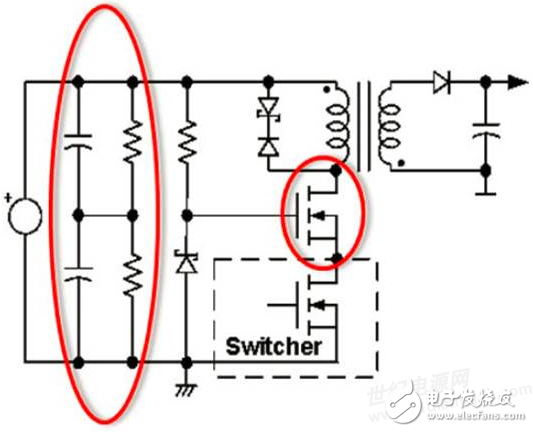Today, vigorously advocating green energy, I believe that everyone is no stranger to "smart meters." Smart meters play an important role in promoting the sustainable development of resources. With the active deployment of governments, smart meters are replacing traditional electricity meters with rapid growth.
Smart meter: a smarter future
Fundamentally, electricity meters are equipment used by power companies to measure electricity consumption by residents and calculate electricity bills. From the first traditional kWh/hour meter to mechatronic induction meters, to later electronic meters, to today's advanced smart meters, their fundamental use has not changed.
It can be simply assumed that a smart meter is equivalent to adding a "smart" feature to a conventional meter. The two-way communication capability of smart meters helps residents and power companies better understand power usage and save costs. The smart meter is equipped with a home LCD display, so users can get real-time feedback on their power usage at different times of the day, week, month or year, so that they can make full use of various power plans to save money; on the other hand, The smart meter automatically reports the household meter readings to the power company on a monthly basis, instead of sending a “sheet reader†to the door, to reduce the labor cost for the power company.
Compared with traditional electric meters, smart meters improve the visibility and management of power consumption, save costs, and their safety and data reliability have been thoroughly tested. Users can use electricity in a more energy-saving way, and no longer pay for electricity. . The two-way communication capability of smart meters also lays the foundation for building a smart grid, building a smarter future for us and realizing the sustainable development of resources.
How does a smart meter work?
In short, smart meters send meter readings to power companies just as we send messages from mobile phones.
Smart meters record power usage throughout the day and use memory for secure storage. After receiving a request to send a message, the data is routed from the meter to the collection device or substation via a wireless or power cable. Communication infrastructure such as power line communication (PLC) or wireless networks is a way for smart meters to transmit reliable data to power companies.
ON Semiconductor smart meter solution
ON Semiconductor is committed to driving energy-efficient innovations, leveraging industry-leading expertise and extensive experience to deliver a broad lineup of smart meter solutions including power management ICs, PLC modems, ZigBee products, small signal diodes and transistors. High-voltage switches, rectifiers, high-voltage fast IGBTs, MOSFETs, memory, interfaces, temperature sensors, controllers, dedicated standard products (ASSP), logic, etc. Next, we will focus on power management solutions and power line communication products.
1. Innovative power management solutions help smart meters achieve higher energy efficiency
Smart meters require a power management module to provide:
- Flexible interface supports wide input voltage range
- Improve energy efficiency under all load conditions
- Products that can withstand fault conditions, such as higher input voltages or unexpected two-phase connections in 3-phase networks, and more, to test the reliability of smart meters in different conditions
-Improve the anti-electromagnetic interference of the overall load
- Eliminate noise
- Ability to adjust output current protection based on output power requirements
To this end, ON Semiconductor offers three industrial-grade solutions for smart meter power management for higher energy efficiency.
Option 1: NCP107X Series
ON Semiconductor's NCP107x series (Figure 1) is a cascode with a 700 V switch that combines a dual 450 V input with a current balance. It is a Zener-based Cascode solution that provides high integration and short-circuit. Protection, maximum peak current set point and slope compensation, dynamic self-supply (no auxiliary winding required), dedicated to when the output power demand is reduced, the IC automatically enters the frequency reverse mode and provides extremely high energy efficiency at light loads, while power demand Further weakened, it enters the skip cycle mode to reduce standby power consumption to no load.

Figure 1: NCP107X Series
Integrated Led Lamp,Integrated Led Lights,Integrated Panel Lamp,Integrated Led Ceiling Lights
Changxing Fanya Lighting Co.,Ltd , https://www.fyledlights.com